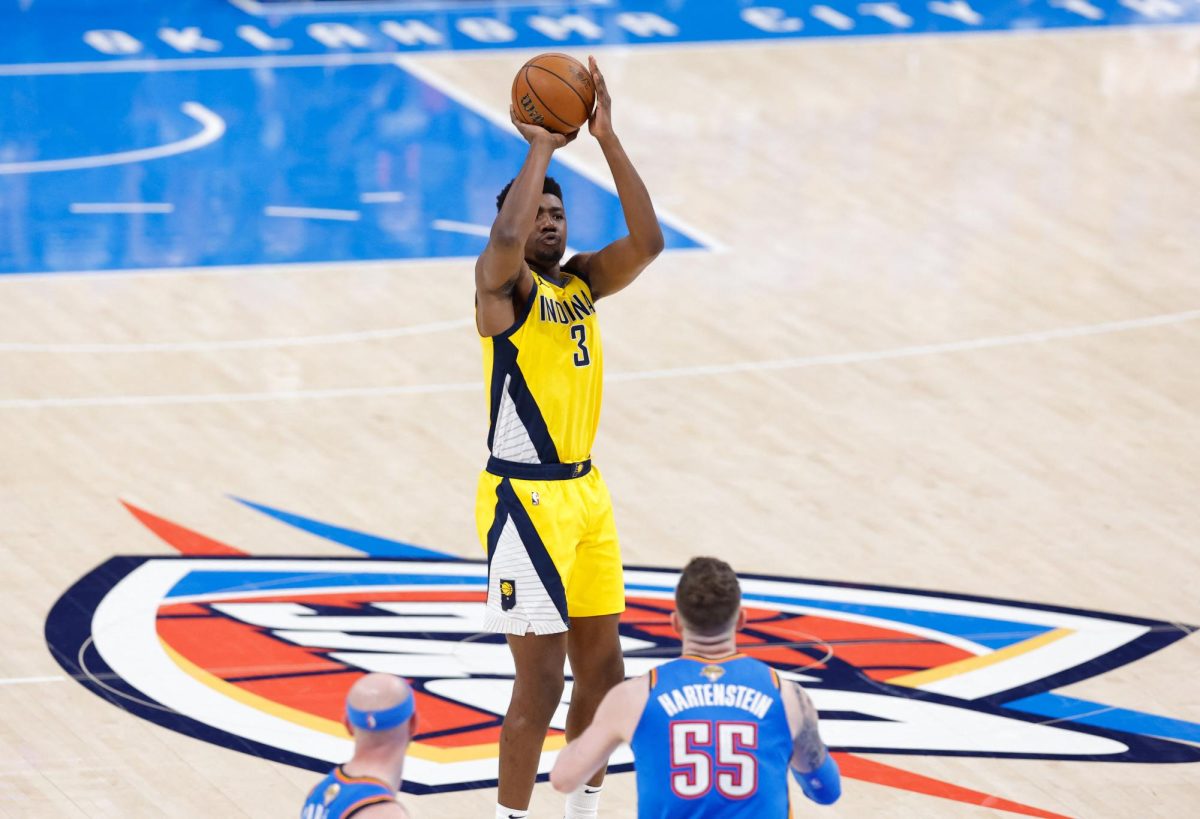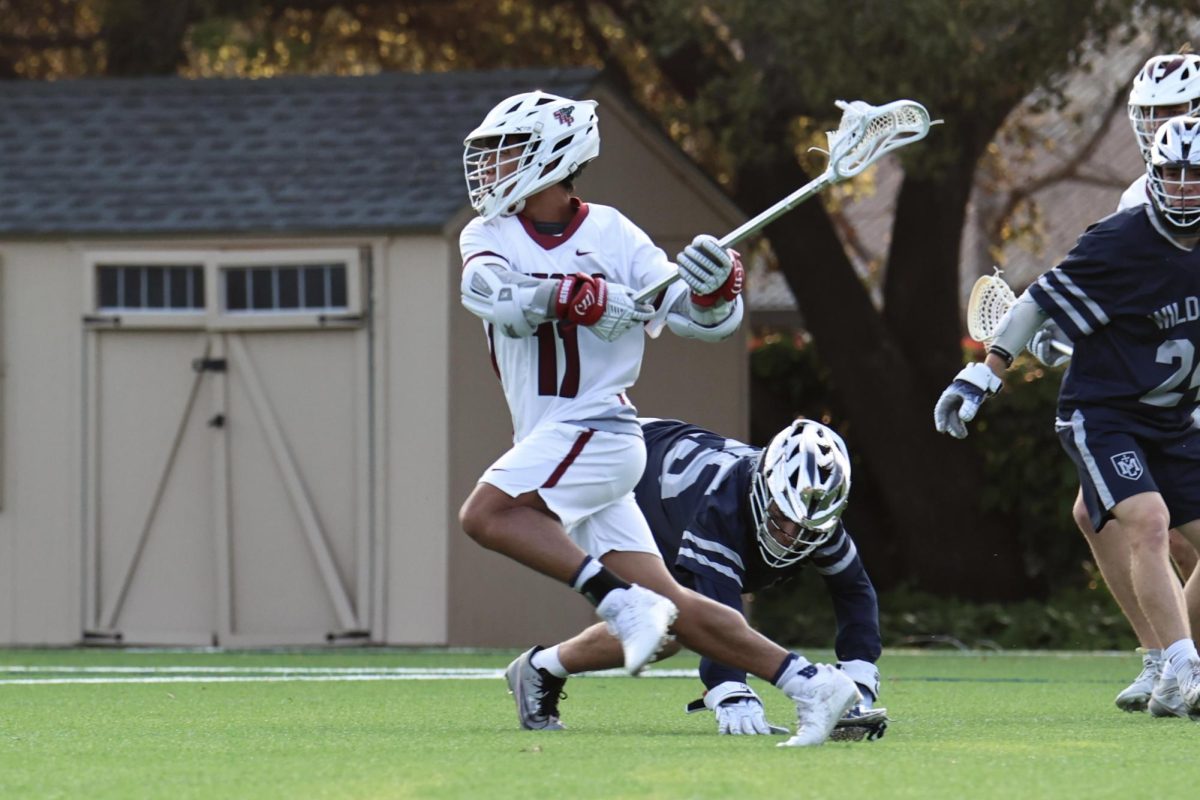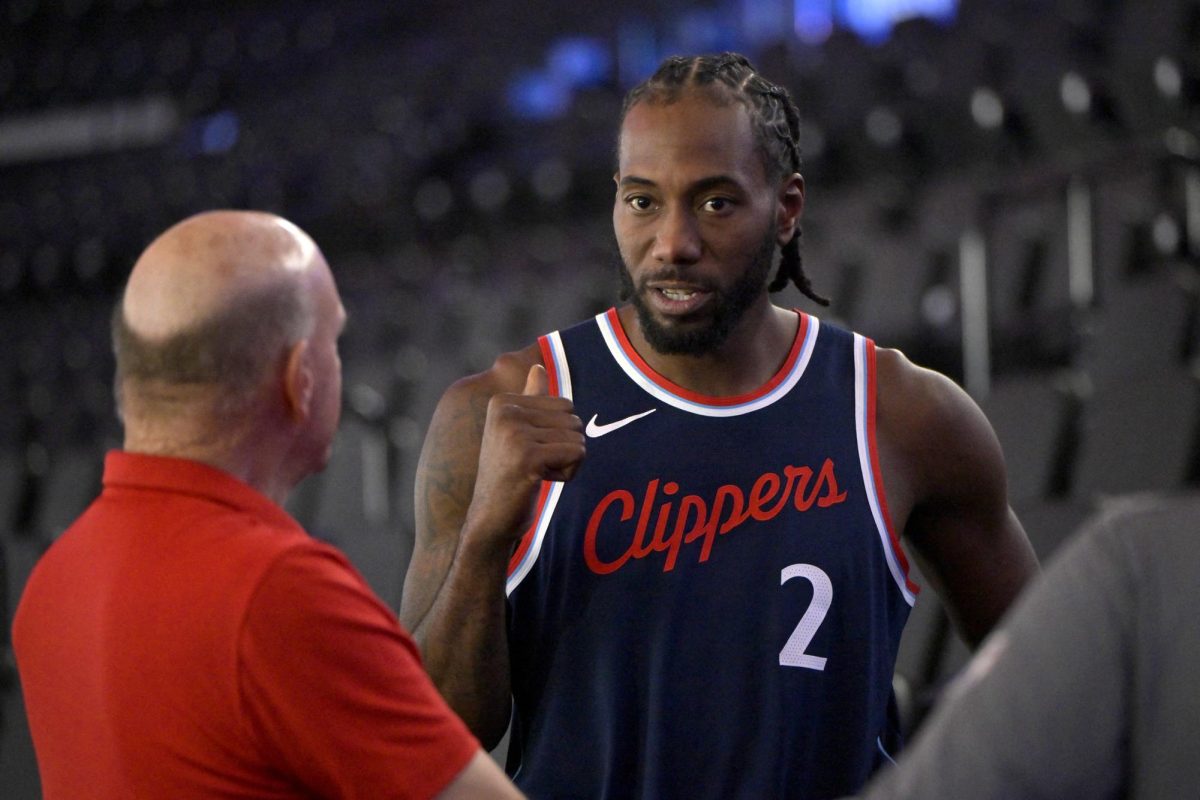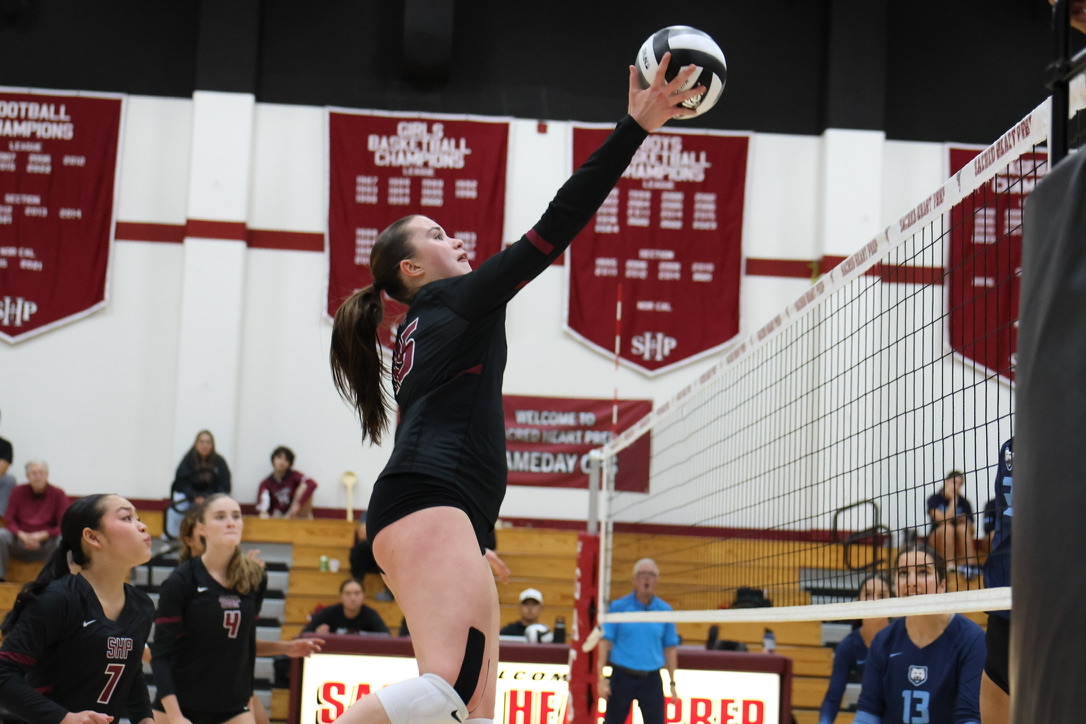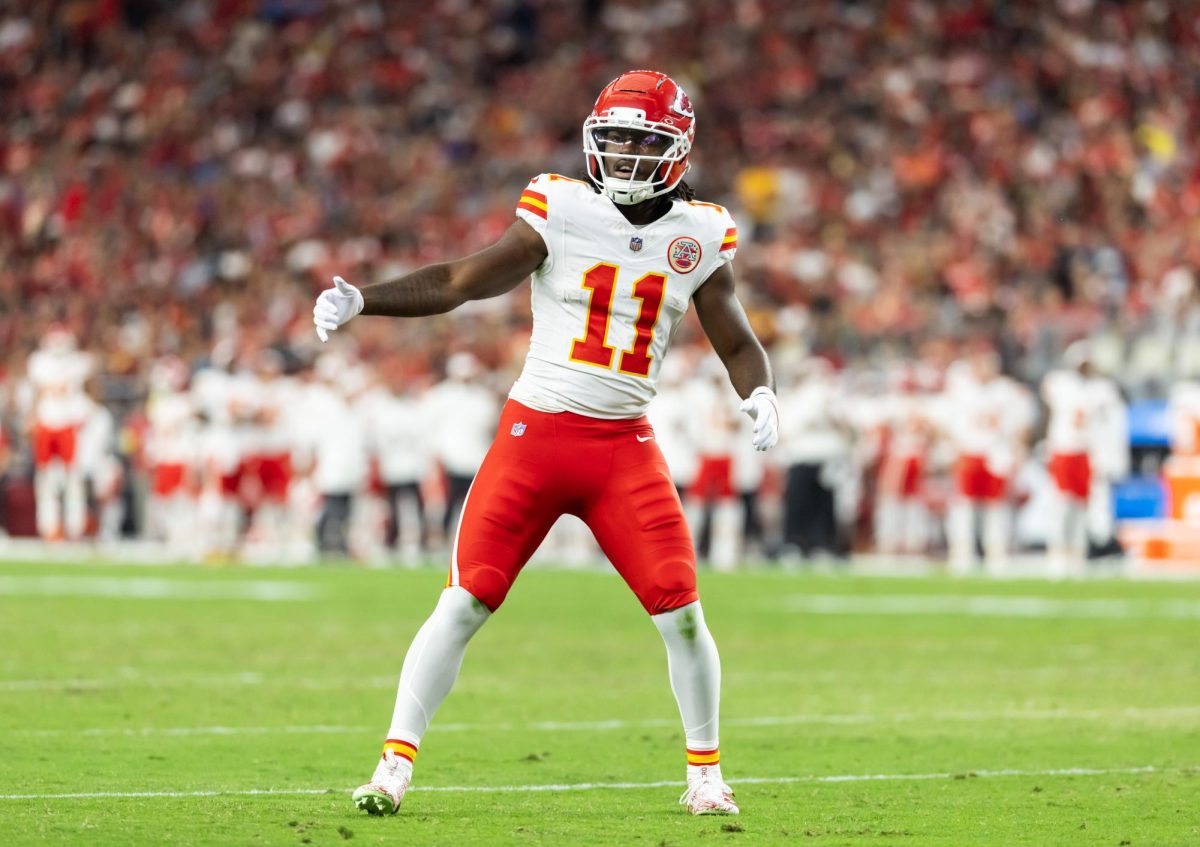The NBA Finals came to a close less than three months ago, yet many seem to have already forgotten how a thrilling matchup it was. It was a battle between the all-around most dominant team of the year—the Oklahoma City Thunder, led by the MVP Shai Gilgeous-Alexander—and the high-octane, electrifying Indiana Pacers, led by the highly skilled playmaker Tyrese Haliburton. Many believed the Thunder would trounce the Pacers, but Haliburton managed to prove that basketball is a game of tempo and determination by taking the Thunder to a game seven. Unfortunately, the series came to a heartbreaking end when Haliburton left game seven in the first quarter due to a torn Achilles tendon, leaving the Pacers without their star player. The Thunder would go on to beat the Pacers 103-91, making them the 2025 NBA Champions. The Thunder’s championship victory proved that, despite their youth, they are a force to be reckoned with and a powerhouse for years to come.
Despite the exhilarating matchup between the two teams, the viewership ratings of this year’s Finals were down 24% from the year before. While the cities of Oklahoma City and Indianapolis are clearly smaller markets than Dallas and Boston from the year before, this alone does not account for the drastic decline in viewership. The argument that there were no “big names” in this series doesn’t quite hold up either, as it involved the MVP Shai Gilgeous-Alexander and the 2024 Paris Olympics gold medalist Tyrese Haliburton. The argument could be made that the youth of the team lent itself to less recognition than stars such as LeBron James or Stephen Curry, whose tenures have given them generational fanbases. So why is the NBA’s viewership declining while its revenue and international audience continue to increase year after year?
The answer may simply lie in how Gen-Z consumes media. In past years, the only way to follow a large event like the NBA Finals was to watch the games live on cable. Today, one can simply swipe through social media to see not only scores, but also highlights, analysis, controversies, and reactions to any sporting event of their choice. This leads to the downturn in viewership that big cable channels like ESPN and ABC have reported. Thus, in essence, the NBA is not getting less popular; it’s just that popularity is calculated differently now than it used to be. But if the NBA wants to continue to be as successful as it has been historically, it will likely have to shift focus away from cable and more to other media streams more tailored to younger generations.


